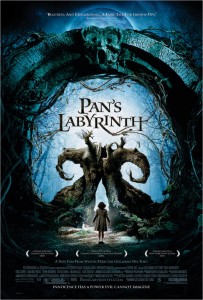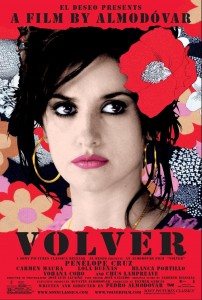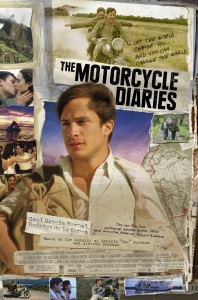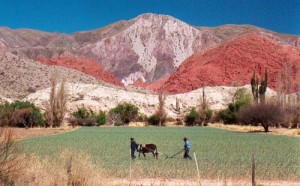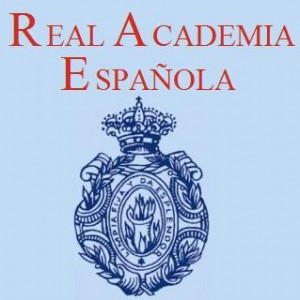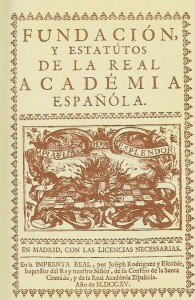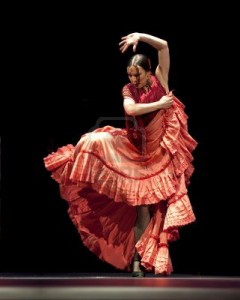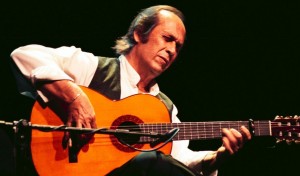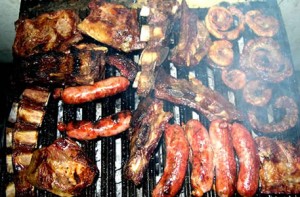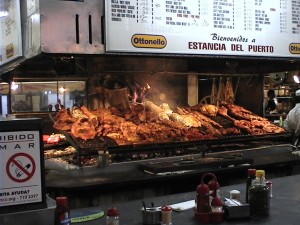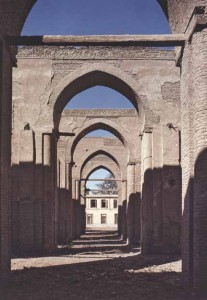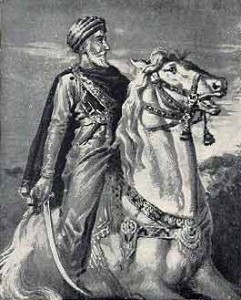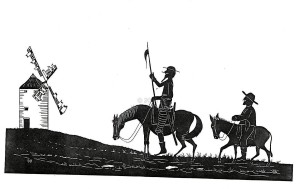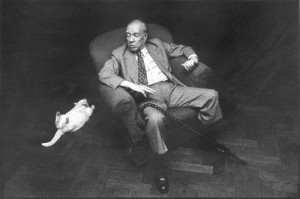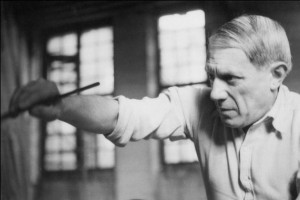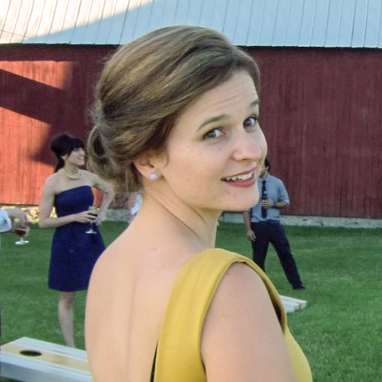10 All Time Classic Spanish Movies
Posted on November 29th, 2013 by Samuel Max in Uncategorized | No Comments »
There’s some incredible cinema outside of your typical English flicks, and with the ease of watching new films though digital means, it’s time to start celebrating the culturally diverse realm of Spanish language cinema…
El Laberinto del Fauno – Pans Labyrinth
Guillermo del Toro is becoming a well known director around the world, Pan’s Labyrinth remains his most iconic too date. The dark fantasy follows Ofelia, a young girl, lover of fairy tails, as she enters the labyrinth…
La Comunidad – The Community
A dark comedy that centers itself upon a real estate agent, that just happens to discover a fortune in a dead man’s apartment; there are unfortunately some others waiting to get their hands on it.
Todo Sobre Mi Madre – All About My Mother
Directed by Pedro Almodóvar, the story follows a mother as she raises a child without the father; as the story progresses the absence of a father figure takes it’s toll, and the mother, Manuela, finds she must travel to Madrid to find him.
El Oreanato – The Orphanage
The Orphanage is a horror film set in 1976, in which a 37-year old Laura returns and reopens an orphanage that she was once put up for adoption in; after the opening some mysterious events begin to take place involving her own adopted child.
El Secreto de Sus Ojos - The Secret of His Eyes
A retired legal counselor has been haunted by one of his previous homicide cases for years, so he decides to write a novel in the hopes he find closure, he finds that and more.
Volver - To Come Back
Staring Penélope Cruz as Raimunda, the story follows the lives of her and her sister, slowly unveiling details regarding the death of their parents.
Abre los Ojos – Open Your Eyes
The Sci-fi flick that Vanilla Sky was based on, César is disfigured in a car accident and proceeds though some very strange, tormenting aftermath including murder, cryonics, and virtual reality.
Tesis – Thesis
A thriller following Angela Márquez as she writes her thesis on snuff films, only to stumble across one featuring a former student of her university; this naturally leads to an investigating into the matter.
Amores Perros
Three distinct stories and sets of people, linked by a car accident and dealing with loss, regret and the harsh realities of life.
Diarios de Motocicleta - The Motorcycle Diaries
Recreating through film the epic motorcycle journey that Che Guevara once endeavored on; as he travels up and along the coast of South America, meeting many problems and sharing many laughs.
Watching films in different languages is a great way to learn new words and perfect your pronunciation, but first you might want to know the basics; send us inquiry or check out our Spanish courses to get you to the next level!


